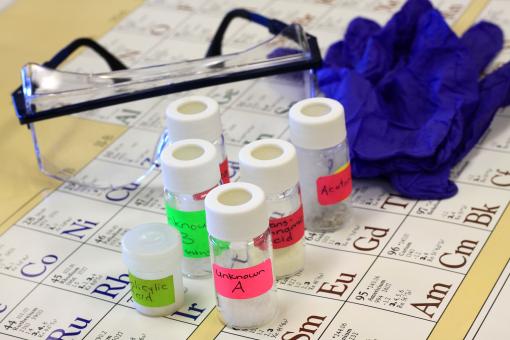
Lithium, according to Wikipedia, comes from the Greek “litho,” meaning stone and is a chemical element, symbol “Li,” with the atomic number 3.
It is a soft, powdery alkali, silver in color, and is the lightest metal and the lightest solid. It’s also the 25th most abundant element.
Lithium is extremely reactive, and is mined in immense salt flats where it’s separated from the brine by evaporation, or mined from ore where it is extracted by crushing and grinding, and chemical solutions separate out the lithium.
Both systems aren’t particularly dear to the hearts of environmentalists.
Lithium is found on every continent except Antarctica, most from Australia, but with 17% coming from a huge salt flat in Bolivia, the focus of a recent article in National Geographic. The largest known reserve is an 1,100-mile stretch called the Altiplano-Puna Plateau in the Andes, bordering Chile, Argentina and Bolivia.
So why is it called “white gold?”
Because of its many uses, in ceramics, computers, medicines, glass and even nuclear bombs. But in today’s world, its primary use is in the manufacture of cell phone batteries, and increasingly, for the lithium-ion batteries that power electric cars, like Teslas.
Production is ramping up, with annual global consumption at 40,000 metric tons in 2017. At a growth rate of 10% a year by 2020, that figure will be closing in on 60,000 metric tons. Maybe more, as electric car production speeds up.
Meanwhile, prices have tripled in just two years. According to the National Geo article, which highlighted the human cost of lithium mining in Bolivia, where the poor labor in the vast salt flats to extract it, knowing nothing of what it is used for, and seeing little of the monetary benefits from their work. But that’s a whole nuther story.
And unfortunately, a familiar one as nations that are rich in natural resources, because of poor government policies, seldom see that wealth trickle down to the poorest of their citizens. History abounds with such sad cases.
The future of lithium is sky high, as it is being used in more and more electronic devices. But as the world slowly weans itself from internal combustion engines, and more and more people drive hybrids and pure electric automobiles, lithium will really take off, becoming ever more valuable, as it helps power the future.
We can only hope it also powers the future of the citizens of Bolivia.




Leave a Reply